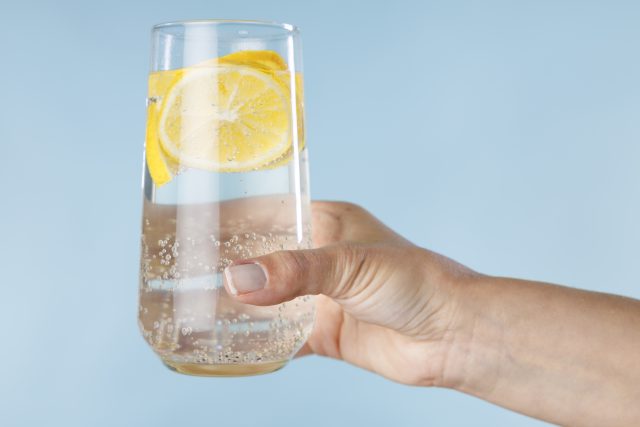This website uses cookies so that we can provide you with the best user experience possible. Cookie information is stored in your browser and performs functions such as recognising you when you return to our website and helping our team to understand which sections of the website you find most interesting and useful.
Why there is still hope for a hard seltzer boom
Hard seltzers have been forecast to continue to grow in value with changing consumer lifestyle choices still predicted to lead it to success.

The category, which has had a tumultuous time of late, has been forecast to be worth US$4.36 billion globally by 2028 in a new report by The Insight Partners. The findings showed how, essentially, the global hard seltzer category size is still predicted to grow at a compound annual growth rate (CAGR) of 8.2% from 2021 to 2028.
But while the category is still full of promise, its beginnings have seen a slow burn rather than an immediate upspike. Looking back, White Claw, owned by Mark Anthony Brands, was the category trailblazer, when it was positioned as a malt-based light alcohol beverage in 2016. But nothing prepared the industry for the trajectory the category would take. Some backed it with gusto. Others eyed it with avid interest from afar.
In essence, the journey has been far from straightforward. On example to illustrate its on again, off again popularity could be seen earlier this year when Mark Anthony Brands revealed the next stage in its plans for its White Claw brand branching out into vodka, a move that was quizzed by the industry as to whether the sidestep into spirits showed little faith in the future of the seltzers.
There are, however, still some green shoots for the category that reinforced its popularity and sales, for instance, in September, Heineken acquired a stake in the singer Ellie Goulding’s Served brand, a move that showed that there was money and marketing nous behind seltzers.
Last year, AB InBev also introduced hard seltzer Corona Tropical into the UK while in the US, retailers saw hard seltzer sales spike.
But last year, even though Boston Beer witnessed its lofty seltzer expectations decline, its founder and chairman Jim Koch still declared that he continued to be “optimistic about the long-term growth outlook” and hinted that having a “diversified beverage portfolio” was a smart move and admitted that this was “despite the greater-than-expected continuing decline in demand in the hard seltzer category that we have seen year to date”.
Irrespective of all of the past hurdles for the category, the report from analysts still showed that there is hope for hard seltzer to lead the way and highlighted how consumers are still interested in the fact that hard seltzers are low-calorie and low ABV drinks that consist of flavoured carbonated water combined with alcohol. Plus, the fact that they are available in bottle as well as can packaging and come in a diverse range of flavours, such as citrus, berry, tropical, and more are also the category’s plus points, giving them broad appeal.
The findings also revealed that the Asia-Pacific region is expected to record the most significant CAGR within the hard seltzer category throughout the projected period and noted how the drinks industry “plays a crucial role in the economies of countries like India, China, Japan [and] Australia” and so needed to take note.
The global hard seltzer market in Asia-Pacific is, according to the report, “driven by high availability of functional food and drinks and their growing demand among the millennial population. Moreover, the market is expanding with changing lifestyles with the increasing influence of western culture on the region”.
The analysts additionally outlined how “the market growth is also ascribed to the increasing influence of social media on buying behaviour and consumption patterns in the region” and insisted that hard seltzers are becoming increasingly popular as people demand for low-alcohol and low-sugar content beverages. The report concluded: “As people are becoming ‘sober-curious’ the demand for low-alcohol or no alcohol content beverages is projected to grow substantially. This factor is expected to drive the growth of the global hard seltzer market in the coming years.”
The industry is, however, warned to stay cautious because the hard seltzer category has not shown a clear pattern for investment and backing. Indeed, while on the one hand some drinks companies are moving in with force, others are still looking on warily.

